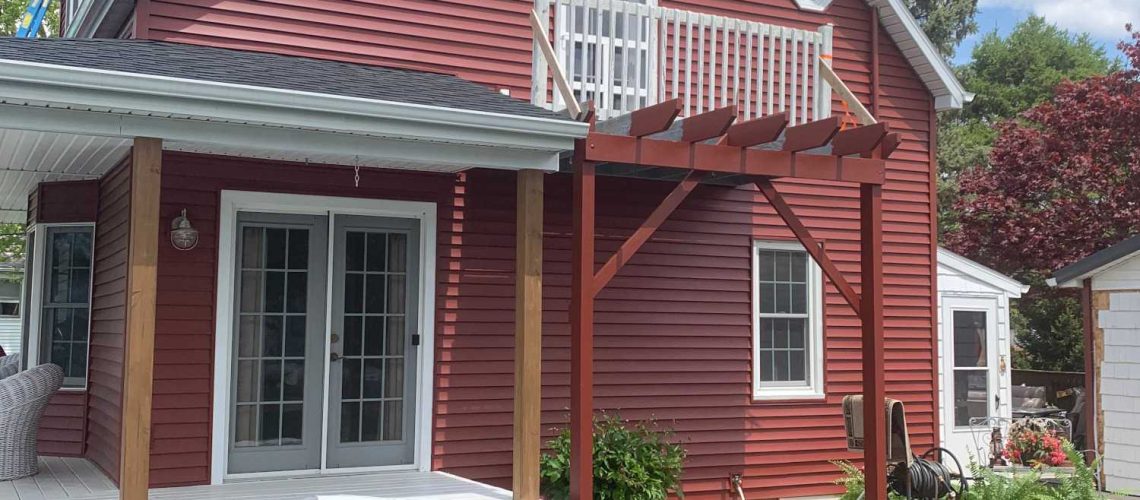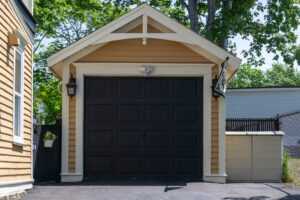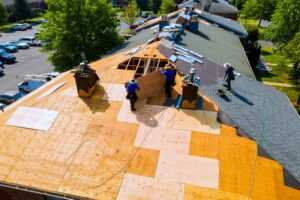Every year the average American spends roughly $3,000 on home improvements. If you’re wondering if you need to add new siding to the list of home improvements, it’s best to understand how long siding lasts and how to determine if you need an exterior upgrade.
There are plenty of benefits of a siding replacement, from an improved exterior appearance to energy efficiency. Even better, the best siding can last anywhere from 20 to 40 years.
But do you need siding repair or brand new siding altogether? This article explains it all, so keep reading to learn more.
How Long Does Siding Last?
The length of time your siding lasts depends on the type of siding you install. Let’s take a look at a few different types of siding and compare.
Vinyl Siding
Vinyl siding is a durable siding that can last 20 to 40 years. It’s one of the most popular and commonly used types of siding in America.
It mimics the look of wood siding but without drawbacks. It remains true to its color for decades without the need for refinishing. It’s maintenance-free and may only require an occasional spray from a garden hose, although it may need occasional power washing or a solution of mild soap and water.
It doesn’t rot, scratch or dent.
You can choose siding in an array of colors and styles to best suit your needs. It helps seal your home, reducing energy consumption and certain brands come with an Energy Star rating.
Wood Siding
Wood siding can also last 20 to 40 years, however, it’s not as easy to maintain as vinyl siding. Wood can rot, mold, or attract pests.
If you see any of this start on your wood siding, you need to act quickly. Depending on the scope of the damage, you may need new siding.
Wood also expands and contracts throughout the year, so your calling will need to be replaced from time to time. This is typically around your door and window trim. You also need to repaint wood siding when it starts to peel and chip.
Aluminum Siding
Aluminum siding can last upwards of 30 years when maintained.
If you want to keep aluminum siding looking new, you need to repaint it from time to time, as you would with wood siding, although less frequently.
Unlike vinyl, aluminum siding is prone to scratches, pits, and dents. While some of these issues can be repaired, extensive damage can compromise the affected board, warranting a replacement. This can lead to mismatched colors as the aluminum enamel fades with time.
Signs You Need New Siding
The type of siding you have will dictate whether or not you need new siding, and what type is best to install. Let’s take a look at signs you need new siding.
Wood Rot
If you have wood siding, look for signs of rot. If you notice this or if your wood is beginning to crumble, you may need new siding. While some signs of rot may require just a repair of the affected area, if it’s spread across the exterior, you may be looking at brand-new siding throughout.
You’ll want to install a rot-resistant material such as vinyl. Vinyl won’t decay and withstands the elements extremely well.
Cracks and Chips
Is your siding cracked and chipped? If so, you may need new siding.
Inspect your home’s exterior. If you notice gaps, they’re not only unsightly but can compromise the structural integrity of your home.
Exterior gaps invite moisture into your home. Water can damage your home’s foundation and needs to be prevented from entering your home in the first place. Water damage is also an open invitation for carpenter ants which can wreak havoc on your home.
And if water can enter your home, odds are critters can, too. Pests can infiltrate your walls, ceilings, and attics. Rodents can chew through wires and insulation, posing a safety threat to you and your family.
It’s best to have a professional siding technician inspect your property to determine how severe your siding’s cracks and chips are.
Sky High Bills
Are your energy bills creeping up with no explanation? If so, you may need new siding. If you don’t see any obvious cracks or gaps in your siding, check for drafts near windows, walls, light switches, and any other electrical receptacles.
If you notice a draft, you would benefit from new siding with a new layer of insulation. New siding will save you money on heating and cooling bills while providing better insulation for your home.
Warped Siding
Walk around your home’s exterior. Does your siding appear warped or raised in any spots? If so, you might need to enlist the help of a siding company.
Warped siding could be a sign of dangers lurking beneath the panels, so be sure to have it checked out by a siding professional.
Mold and Moisture
Is there mold and moisture building up within your home? If so, inspect the siding on the other side of where you’ve found these problems.
If you spot issues with your siding, chances are you need to replace- or at least repair- it.
Hire the Best Siding Replacement Company
Now that you know how to tell if you need new siding, you can move forward with your home improvement project. Remember that new siding is a smart investment in your home, and provides curb appeal with an estimated 80% ROI.
If you’re ready to move forward with your siding project, contact Freeman Exteriors today for the best siding services. We’re happy to give you a free estimate for siding repairs or replacements.




